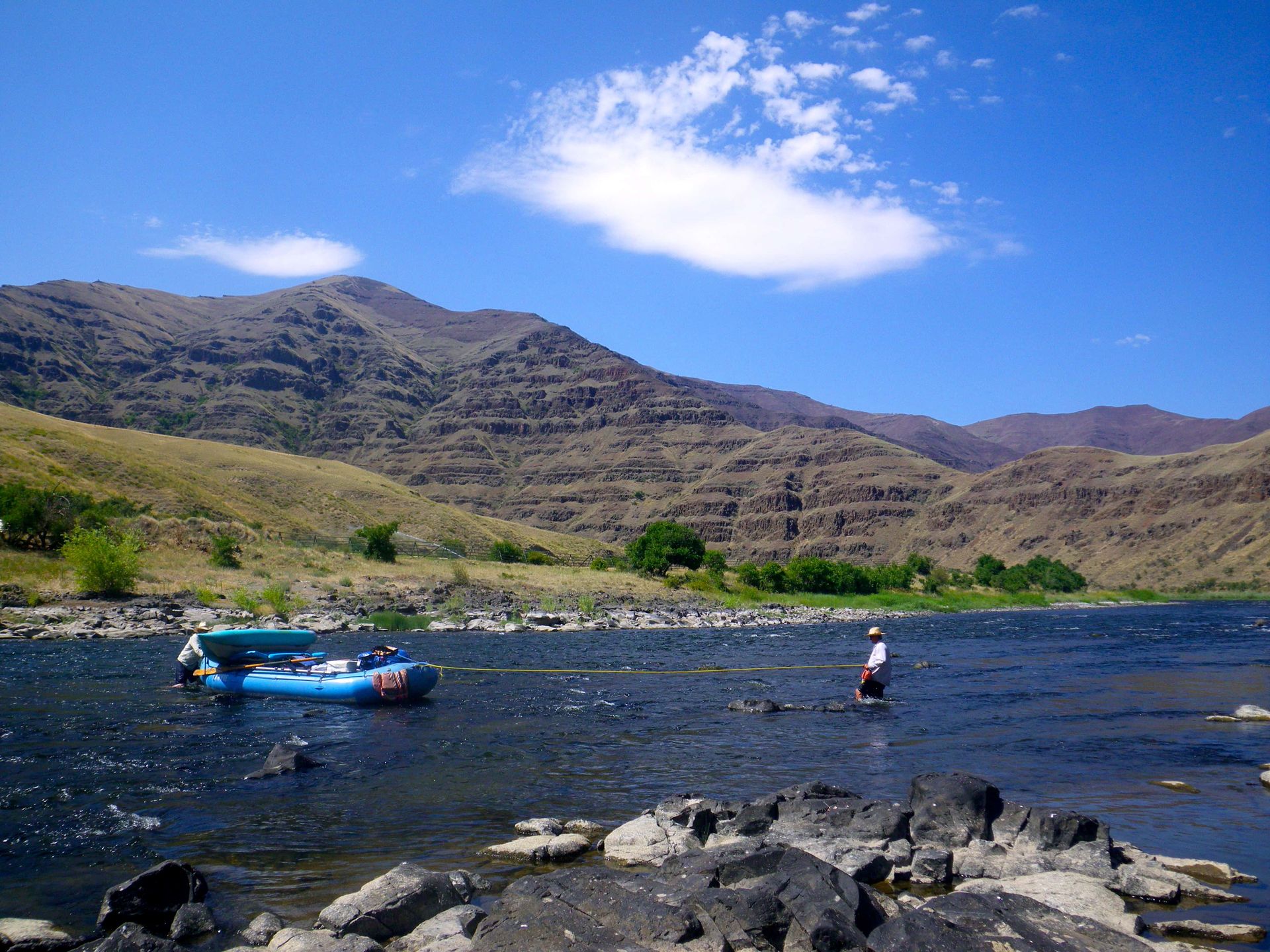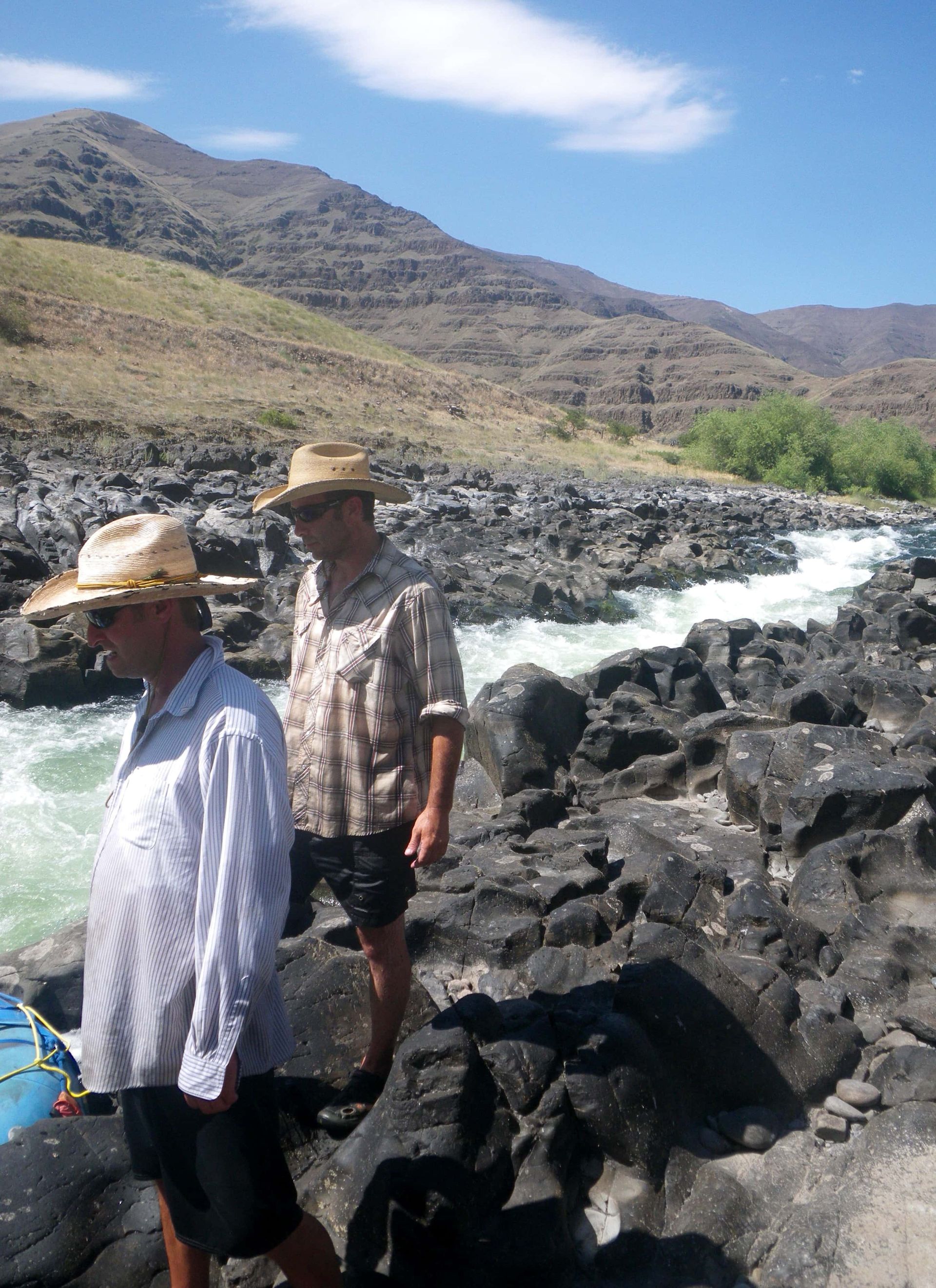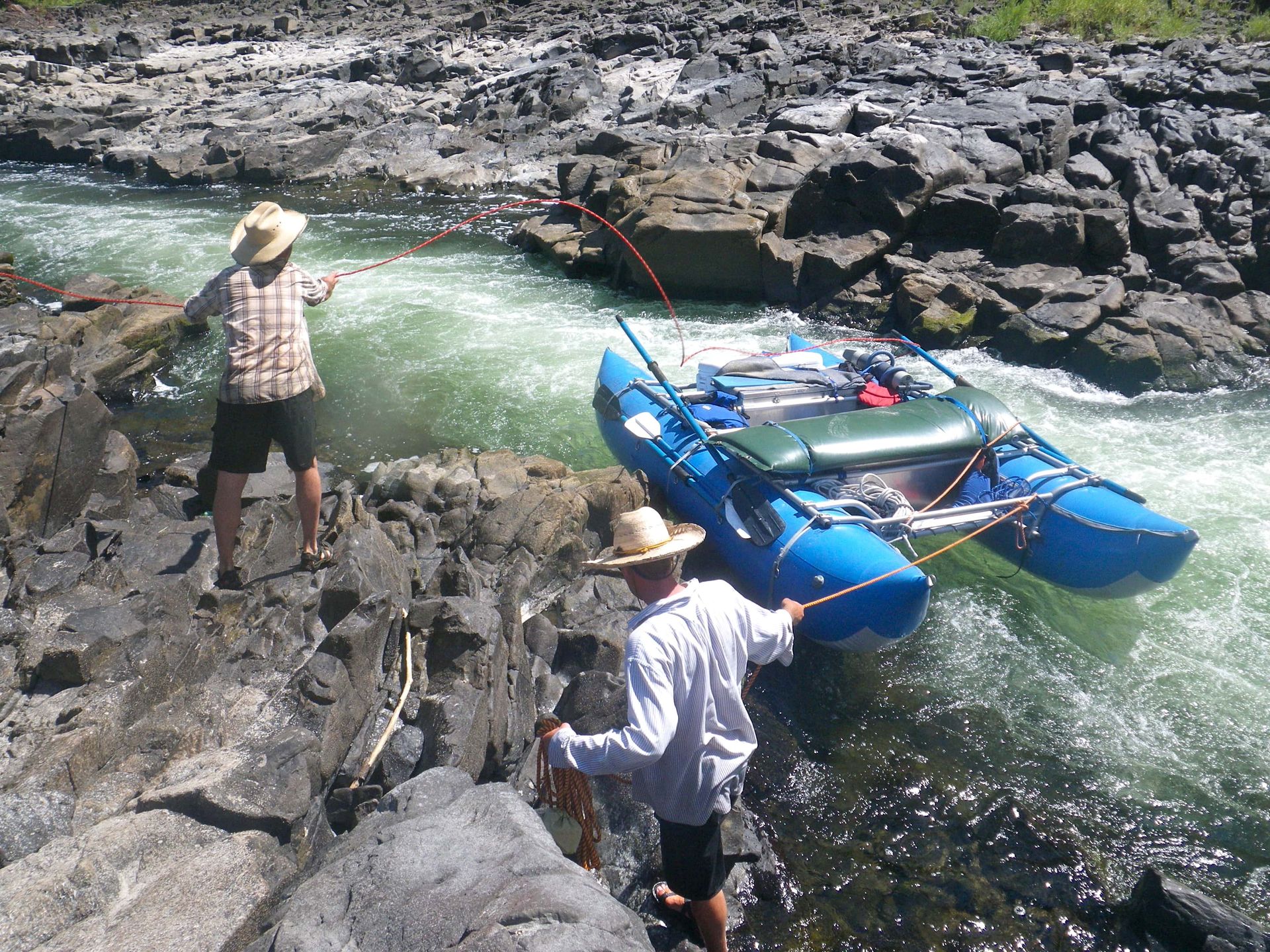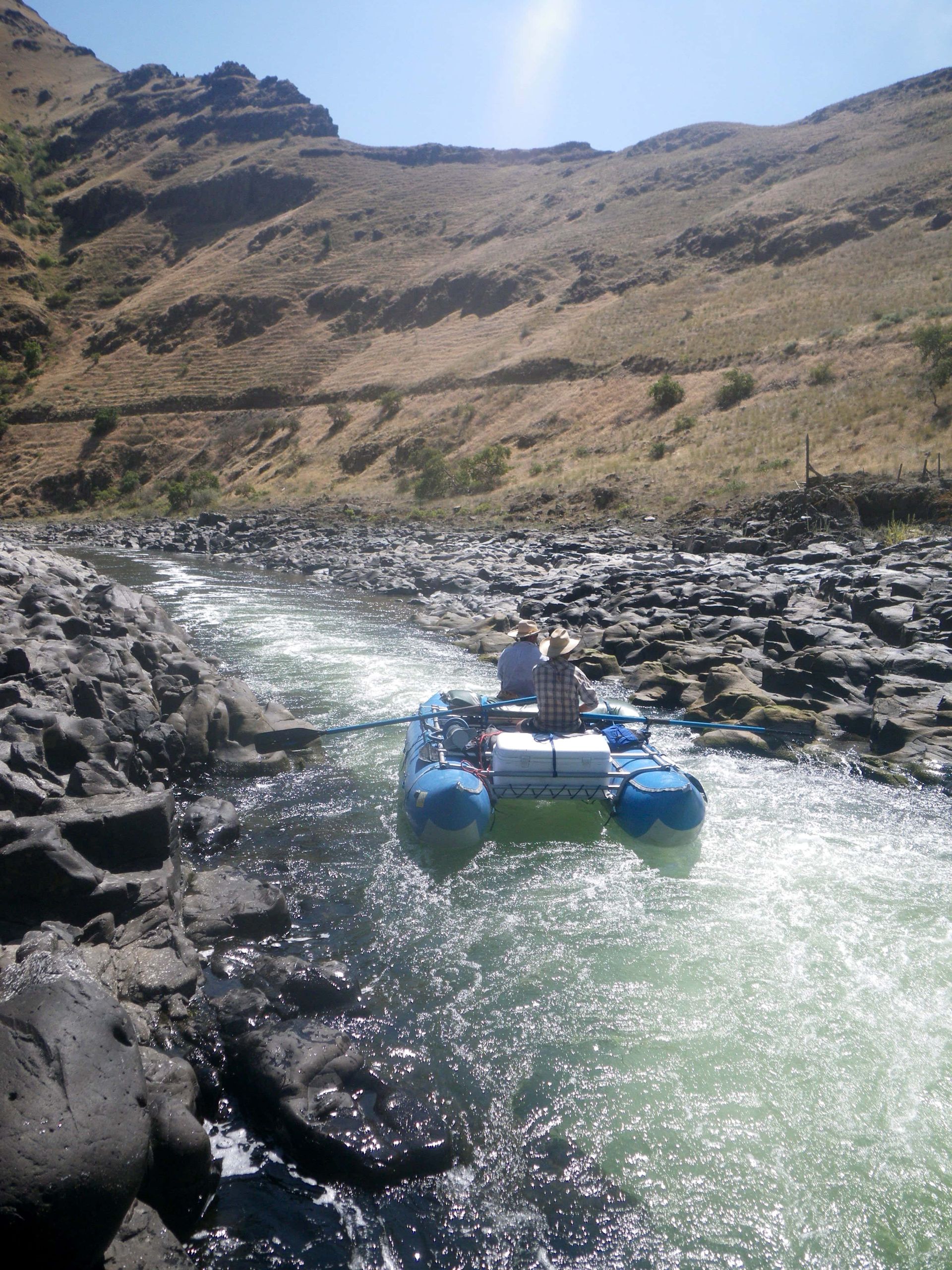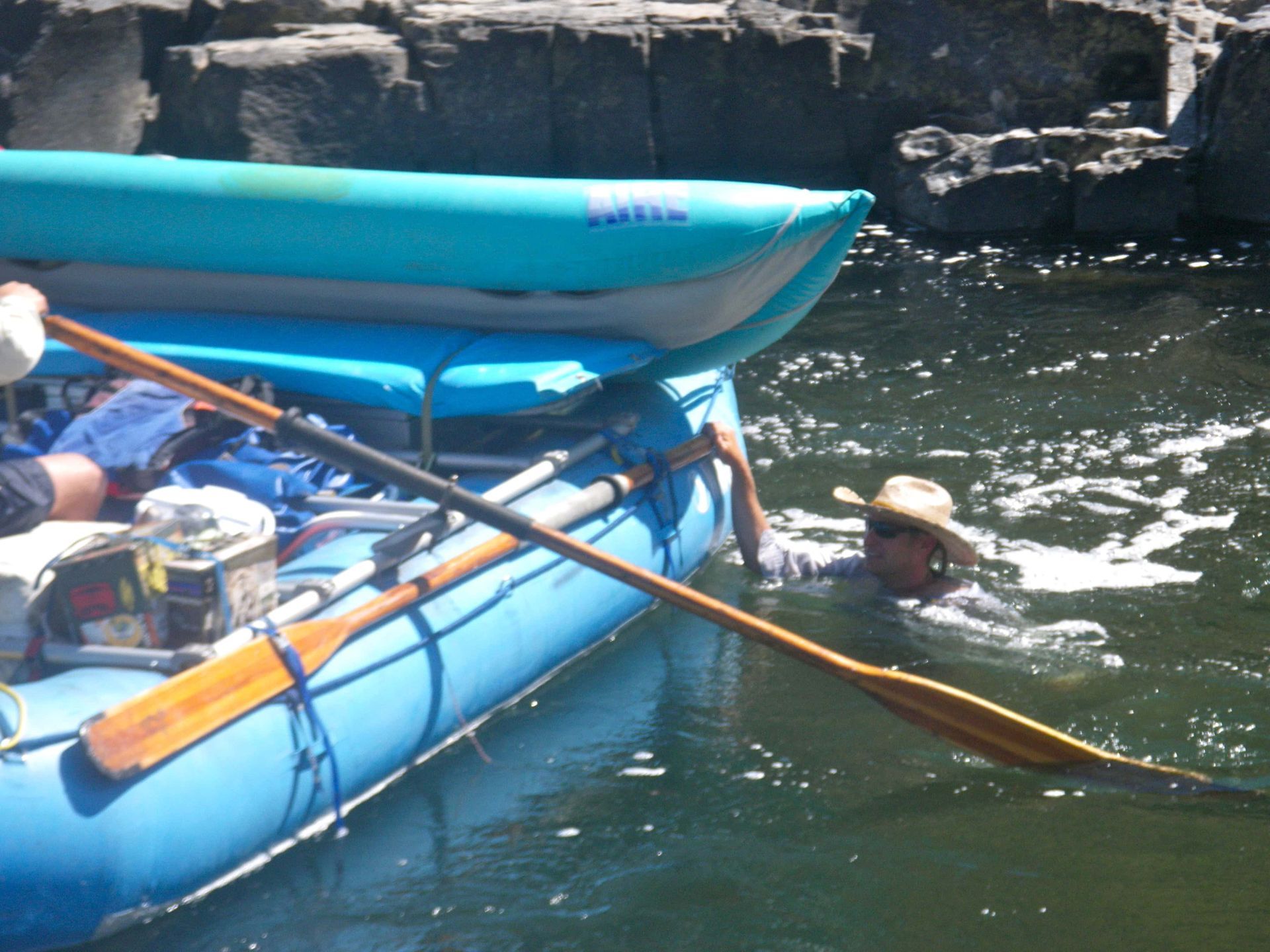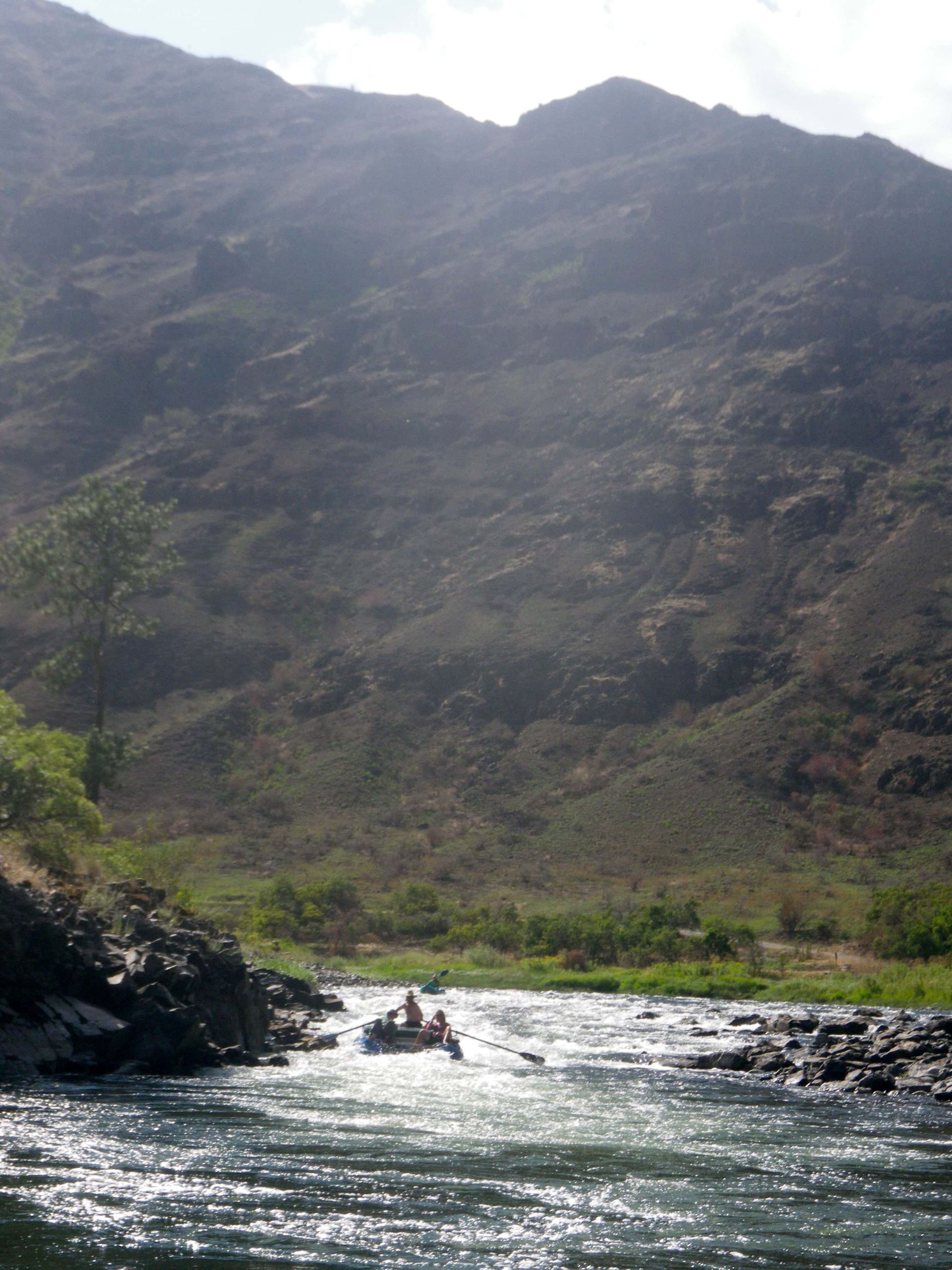Lining the Narrows
Key Takeaways
- The Narrows is the Grande Ronde River’s toughest challenge, featuring a Class IV rapid with tight rock walls and a narrow chute that demands careful rope lining instead of rowing.
- Low water levels make oar control nearly impossible, so boaters must “line” their rafts through to prevent getting wedged or flipped in the current.
- Safety and teamwork are crucial when navigating the Narrows, with guides like Silje Christoffersen demonstrating proper rope-handling techniques to avoid injuries.
- The lower Grande Ronde offers a rewarding contrast, transitioning from lush forest scenery to open desert landscapes after conquering the Narrows.
- Scouting and preparation pay off, especially for first-time boaters unfamiliar with the multiple squeeze points hidden within the Narrows.
The lower section of the Grande Ronde River has an exclamation point after running for most of its course with water and rapids that, for the most part, aren’t too difficult to row.
Then you get to the Narrows. Dun-dun-duhhhh. We lined three boats through and had a nice swim at the bottom after some sweaty times running along the rocks on our Grande Ronde River rafting adventure.
The Narrows is a Class IV, formed by rock shelves on either side with a skimpy slot down the middle. Here’s a picture of the river just above where it all gets channeled in. Take a look at how broad the water is. Sure, it’s shallow, but that’s a wide river right there. It was actually kind of fun. We lined three boats through and had a nice swim at the bottom after some sweaty times running along the rocks — exactly the kind of moment that makes a Grande Ronde 5-Day Rafting Adventure unforgettable.
The before picture shows us easing the raft down with ropes just above where things get busy.
And here’s what it looks like after the squeeze. Daaaang.
That there is Mark Porter on the right, weed samurai. We were down there with Porter and his cohorts to spray and inventory invasive plants.
I tried to help by finding plants, then calling out to one of the biologist folks, “Hey, I think I found some blah-blah-blah over here. A real nasty one, too.”
They would say, “You sure? That usually grows in a riparian area, not way up on a hill where you’re asking me to climb in the baking hot sun.”
“Pretty sure.”
So they’d trudge up the hill and look at my invasive weed specimen. Pause. Wipe the sweat from their brow with a squeegee. Sigh ever so slightly. Then say, “Well, what you have here is a something-something-Latin-name-something. Commonly known as a dandelion.”
I’m really not very good at identifying noxious weeds. I should be, since they’re all over my yard. But I’m not. So I went back to rowing boats. And then attaching ropes to the raft when we got to the Narrows, since there’s not enough water to maneuver with oars so you line them through to avoid getting sideways and having the current wedge your raft against the rocks.
Here’s the expression most boaters get when seeing the Narrows for the first time at low water.
That’s Silje Christoffersen. Winding Waters guide and former Chief Joseph Days Rodeo Queen – which was handy because she taught me some rope handling techniques from her horse background. I was coiling line like you normally do, but when the raft takes off in that current the line pays out pretty quick and she had a safer method where your fingers don’t get in danger of taking off with the rope. Good to know.
Here’s Porter doing some fancy rope work. And this isn’t even the really narrow spot.
This is between the upper and lower squeeze points where it’s broad enough to float to the next tricky point.
I’ve been through here a couple times before when the water was high enough to be over the narrow spots. It’s a confused patch of water with some trouble rocks and a little drop. The upper part is just some waves at high water, so I wasn’t aware the ‘s’ in Narrows is there for a good reason, since it’s multiple narrows spots. Good to know. It wouldn’t be too fun to miss the scouting spot and drift into this scene without knowing your oars would be useless.
It was actually kind of fun. We lined three boats through and had a nice swim at the bottom after some sweaty times running along the rocks.
River slows down a bunch after the Narrows and it takes some rowing to get down to the takeout. Here’s a shot looking back at Porter in the Bridge Rapid. Whether the water’s mellow or full of spring surge, our guided white water rafting trips keep the adventure safe and exciting.
That lower stretch has a lot of charm. It’s groovy to go from forest up high down to more of a desert scene on the lower end.
My, but that Grande Ronde is a pretty river.
Frequently Asked Questions
This story covers an adventurous day navigating the Grande Ronde River’s most technical stretch — the Narrows — and the teamwork, challenges, and humor that come with river running and fieldwork.
What is the Narrows on the Grande Ronde River?
The Narrows is a tight, rocky section of the Grande Ronde River classified as Class IV. It’s created by rock shelves that squeeze the flow into a narrow chute, making it one of the more challenging spots for boaters, especially at low water when maneuvering with oars becomes difficult.
Why do boaters “line” their rafts through the Narrows?
At low water, there isn’t enough depth or space to row through the Narrows safely. Boaters use ropes to “line” their rafts—walking along the shore while guiding the boat through the narrow passage—to prevent it from getting pinned or damaged against rocks in the swift current.
How difficult is it to navigate the Narrows?
It’s considered moderately difficult (Class IV) and requires good planning. At higher flows, the water can cover the narrow spots, creating chaotic waves and hidden rocks. At lower flows, the channel becomes too tight for rowing, so lining with ropes is the safest and most effective method.
What equipment do you need to line a raft safely?
Essential gear includes sturdy ropes, gloves for grip and protection, and clear communication among the crew. Knowledge of rope handling techniques—like coiling safely to avoid finger injuries—is crucial. River guides often rely on teamwork and patience to guide boats through tight, rocky stretches like the Narrows.
What are the main hazards in the Narrows?
The biggest risks are getting the raft wedged between rocks or flipping in the confined chute. Sharp shelves and strong currents can trap a sideways raft. Low water also exposes more rocks, increasing the chance of damage or hang-ups if not carefully scouted and lined through.
When is the best time to run the Narrows?
The Narrows can be run more easily during higher water levels when the flow covers the rock shelves. However, even then, it requires skilled navigation. During late summer or low-water conditions, most boaters opt to line their boats through rather than attempt to row.
What’s special about the lower section of the Grande Ronde River?
The lower Grande Ronde transitions from lush forest to open desert scenery, offering a striking mix of landscapes. It’s quieter after the Narrows, with slower water, scenic cliffs, and a sense of remoteness that makes it a rewarding stretch to explore after the challenging rapids upstream.
Who typically runs the Grande Ronde River?
The river attracts both seasoned guides and adventurous paddlers. Outfitters like Winding Waters River Expeditions often lead trips for those interested in rafting, fishing, or learning about the area’s ecology—making it accessible to a wide range of outdoor enthusiasts.
What is “lining” in river rafting?
Lining is a river-running technique where boaters control the raft from shore using ropes, rather than rowing from inside. It’s used when rapids are too shallow, narrow, or dangerous to navigate directly. Proper rope handling is key to maintaining safety and preventing gear or hand injuries.
Why is the Grande Ronde River popular with guides and biologists?
Beyond its beauty and recreation, the Grande Ronde is an important ecosystem for research and conservation. Biologists often visit to study or manage invasive plant species along its banks—making trips like this one both adventurous and environmentally meaningful.
The post Lining the Narrows appeared first on Winding Waters River Expeditions.

